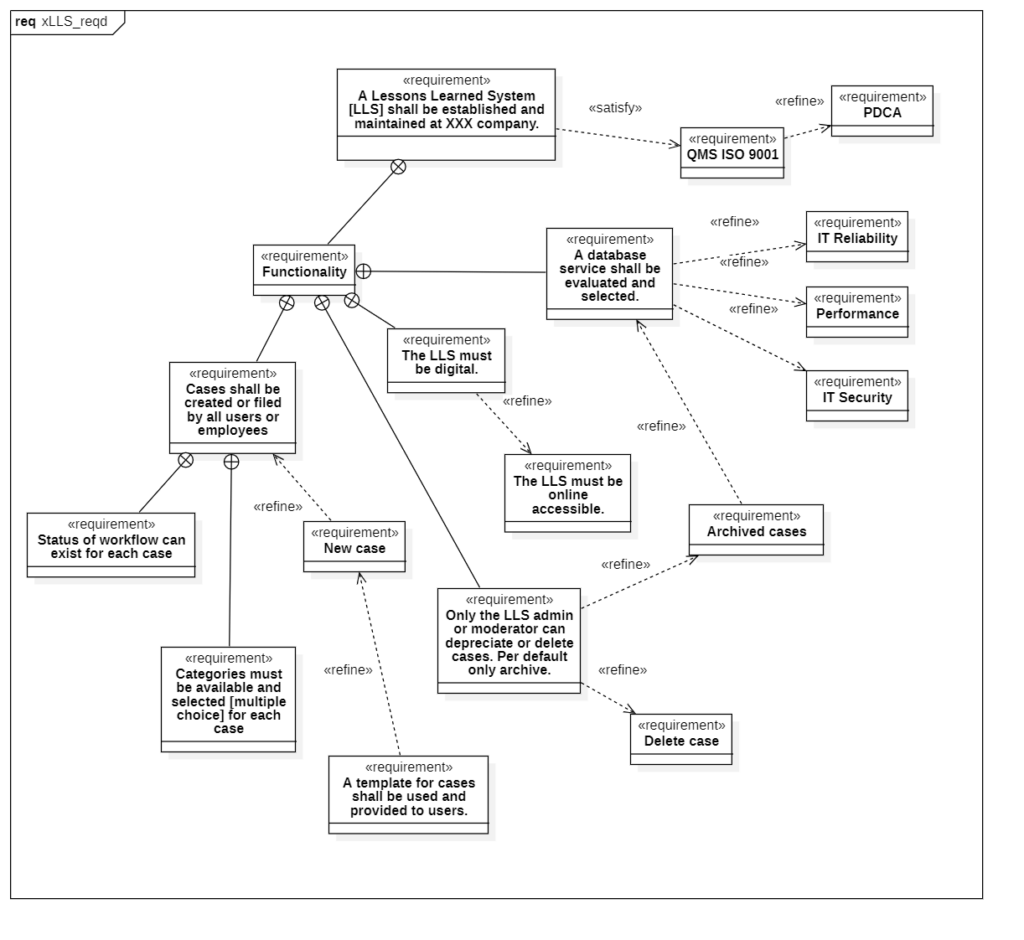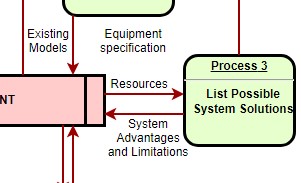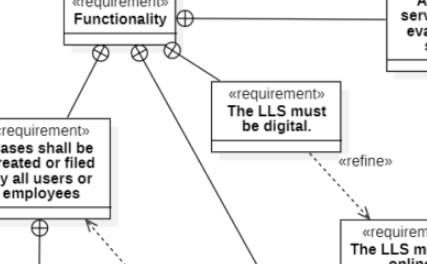When I work with SysML, I value its dedicated way of handling textual requirements. Unlike UML, SysML provides a clear notation to express them and introduces a specific diagram type for this purpose. The SysML requirements diagram stands out because it isn’t bound to structural or behavioral views. Instead, it focuses entirely on defining, organizing, and linking requirements. This independence makes it a powerful tool for maintaining traceability and ensuring consistency across complex system models.
Linking Textual Requirements to Model Elements
In my experience, a SysML requirements diagram helps me link textual requirements to model elements. This integration is crucial when I need to connect predetermined requirements from specific fields. By doing this, I can show how modeled requirements make textual ones more specific.
A SysML requirements diagram is a type of diagram in the Systems Modeling Language (SysML). It is used to capture, represent, and manage textual requirements and their relationships within a system model. SysML requirements diagrams allow the integration of these textual requirements with other model elements. This approach facilitates traceability and clarity in the specification and validation of system requirements.

Flexibility of Modern UML Tools
Most UML tools now let us use textual requirements in any diagram. This flexibility is great. As a requirements engineer, I sometimes find textual specifications clearer than diagrams. For example, I might refine an action in a flow with several textual requirements. These are then linked back to the action using tracing relationships.

Specifying Quality Requirements
This approach helps me specify quality requirements tied to specific actions. For instance, I can outline performance requirements as textual requirements and connect them to the action within the diagram. This integration ensures that all necessary details are clear and well-documented.
Comprehensive Requirements Models
By using textual requirements alongside diagrams, I can extend model elements and create richer, more detailed requirements models. This method allows for a comprehensive view of how textual requirements relate to the overall system. It’s a powerful way to ensure all aspects of a project are covered and connected.
Conclusions
Working with the SysML requirements diagram has shown me how powerful the combination of textual and visual modeling can be. It bridges the gap between abstract requirements and concrete system elements, ensuring that every detail stays connected and traceable. This integration supports quality, performance, and functional requirements all within a single, unified model. For me as a requirements engineer, this approach strengthens communication between stakeholders and developers while keeping the system specification transparent and verifiable. Ultimately, SysML’s flexibility makes it an indispensable tool for managing complexity and achieving consistency in modern systems engineering.
What’s Next
Now that you’ve explored how the SysML requirements diagram connects textual and visual elements, it’s time to focus on quality. A model is only as strong as the requirements behind it. But what makes a requirements model truly effective? In my next article, “Understanding the Quality Criteria of Requirements Models,” I’ll explain how to evaluate precision, consistency, and completeness — and why these criteria are vital for building reliable systems.
Credits: SysML Requirements Diagram Model by 17387349L8764 from Wikimedia Commons under the license CC BY-SA 4.0 ATTRIBUTION-SHAREALIKE 4.0 INTERNATIONAL
This text is based on content from the source: International Requirements Engineering Board (ireb.org). The International Requirements Engineering Board is the owner of the copyright.




